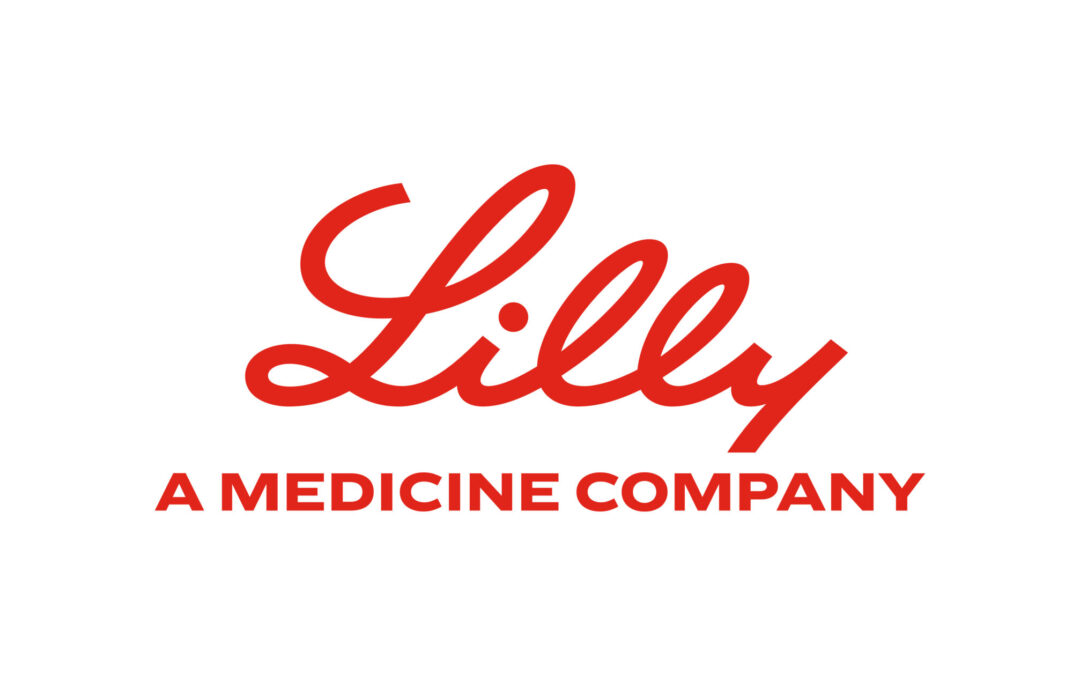Introduction
Eli Lilly’s recent announcement of successful Phase 3 trial results for orforglipron marks a significant milestone in metabolic disease treatment. As the first small molecule oral GLP-1 receptor agonist to complete a Phase 3 trial, orforglipron has demonstrated impressive efficacy in both weight reduction and glycemic control. While media coverage has primarily focused on clinical outcomes and market implications, the computational biology underpinning this breakthrough deserves closer examination. This article explores the bioinformatics methodologies that enabled this pharmaceutical innovation.
Translational Bioinformatics: Bridging Molecular Design and Clinical Outcomes
The development of orforglipron exemplifies modern translational bioinformatics at work. Unlike traditional GLP-1 receptor agonists, which are peptide-based molecules requiring injection, orforglipron represents a fundamental shift to small molecule engineering. This transition required sophisticated computational approaches to identify molecules that could effectively engage the GLP-1 receptor while maintaining oral bioavailability.
The clinical results speak to the success of these computational methods: A1C reductions of 1.3%-1.6% and weight loss averaging 7.9% (16 pounds) at the highest dose with evidence suggesting patients hadn’t yet reached a plateau at the study’s 40-week endpoint. These outcomes weren’t merely discovered through traditional screening but predicted through complex computational models that simulated receptor engagement and metabolic response.
Molecular Modeling: The Computational Foundation
At the heart of orforglipron’s development lies sophisticated molecular modeling. Computational chemists and bioinformaticians employed techniques including molecular dynamics simulations, homology modeling, and in silico docking studies to predict how small molecules might interact with the GLP-1 receptor.
The computational workflow typically involved:
- Target structure analysis: Using crystallographic data and homology modeling to understand GLP-1 receptor binding sites
- Virtual compound screening: Computational assessment of thousands of candidate molecules
- Binding affinity prediction: Calculation of theoretical binding energies and interaction patterns
- Pharmacophore modeling: Identifying essential structural features for receptor activation
- Structure optimization: Iterative refinement based on computational predictions
These computational approaches dramatically reduced the time and resources needed to identify promising candidates, allowing researchers to focus wet-lab validation efforts on molecules with the highest probability of success.
Quantitative Structure-Activity Relationship (QSAR) Analysis
QSAR modeling played a crucial role in understanding how structural modifications affect GLP-1 receptor agonism. By analyzing the relationship between molecular descriptors and biological activity, researchers could predict which chemical modifications would optimize potency while maintaining oral bioavailability and metabolic stability.
Machine learning algorithms trained on existing GLP-1 receptor modulators likely helped establish correlations between structural features and functional outcomes, guiding medicinal chemistry efforts toward the most promising compounds.
Pharmacokinetic and ADMET Modeling
One of the greatest challenges in developing an oral GLP-1 agonist has been achieving adequate bioavailability and pharmacokinetic properties. Bioinformatics tools were essential in predicting absorption, distribution, metabolism, excretion, and toxicity (ADMET) profiles for candidate molecules.
Computational approaches in this domain included:
- Physiologically-based pharmacokinetic (PBPK) modeling
- Blood-brain barrier permeability prediction
- Metabolic stability simulation
- In silico toxicity assessment
- Drug-drug interaction prediction
These computational predictions helped researchers prioritize compounds with optimal pharmacokinetic profiles before investing in expensive animal studies and clinical trials.
From Computational Chemistry to Manufacturing Reality
The transition from laboratory to global manufacturing presents significant challenges for any pharmaceutical. Orforglipron’s development leveraged computational approaches to optimize manufacturing processes and ensure product stability. The fact that the drug doesn’t require refrigeration—unlike peptide-based GLP-1 analogs—represents a major advantage for global distribution that was likely predicted and optimized through computational chemistry.
Bioinformatics facilitated manufacturing scale-up through:
- Process parameter optimization using statistical design of experiments
- Stability prediction algorithms assessing shelf-life under various conditions
- Crystallization simulations for optimal solid-state properties
- Manufacturing process modeling to maximize production efficiency
Eli Lilly has stated they’re prepared for global distribution upon approval, suggesting confidence in their computational predictions regarding manufacturing scalability.
Clinical Trial Bioinformatics
The successful Phase 3 trial itself represents a triumph of clinical bioinformatics. Advanced statistical models and data analytics were essential in trial design, patient stratification, and outcome analysis. Techniques likely employed included:
- Power calculations to determine optimal sample sizes
- Bayesian adaptive trial design for dose optimization
- Pharmacokinetic/pharmacodynamic (PK/PD) modeling to predict clinical responses
- Time-series analysis of metabolic parameters
- Multivariate analysis to account for confounding variables
- Predictive analytics for patient dropout and adherence
These computational approaches ensured efficient use of resources while maintaining statistical rigor in evaluating orforglipron’s safety and efficacy.
Future Directions: Precision Medicine Through Bioinformatics
As orforglipron moves toward potential FDA approval (expected 2025-2026), bioinformatics will continue to shape its clinical implementation. Pharmacogenomic modeling, transcriptome analysis, and systems biology approaches will be crucial in understanding which patients are most likely to benefit from this treatment.
Emerging computational opportunities include:
- Biomarker discovery: Machine learning algorithms identifying predictive markers of response
- Electronic health record mining: Natural language processing to identify optimal patient populations
- Real-world evidence processing: Distributed computing for large-scale outcome analysis
- Pharmacovigilance algorithms: Signal detection for rare adverse events
These applications of bioinformatics will extend well beyond regulatory approval, optimizing orforglipron’s clinical use and potentially expanding its indications.
Conclusion
Eli Lilly’s success with orforglipron represents more than just another entry in the expanding GLP-1 market—it demonstrates the transformative potential of bioinformatics in modern drug discovery and development. From molecular design to clinical implementation, computational approaches have accelerated and optimized each stage of the development process.
As bioinformaticians, we can appreciate the sophisticated computational infrastructure that enabled this breakthrough. The journey from initial target identification to a potentially game-changing therapy for millions worldwide illustrates how data science, molecular modeling, and computational biology have become indispensable tools in pharmaceutical innovation.
The orforglipron story reminds us that behind every breakthrough medication lies not just laboratory experimentation but sophisticated computational approaches that predict, optimize, and validate therapeutic potential. As computational methods continue to advance, we can expect an acceleration in the discovery and development of novel treatments for complex diseases.

